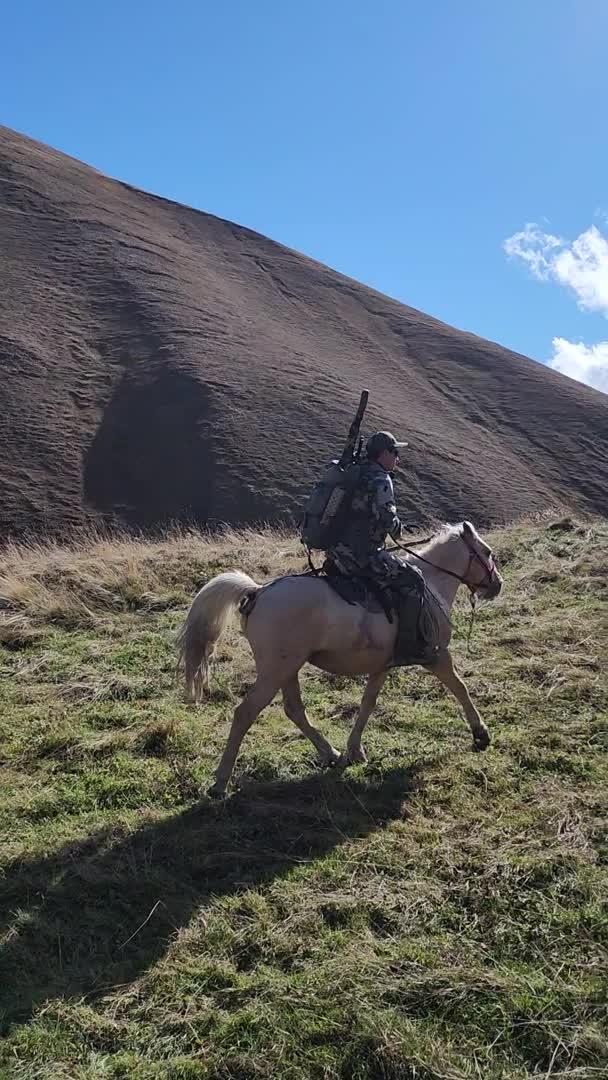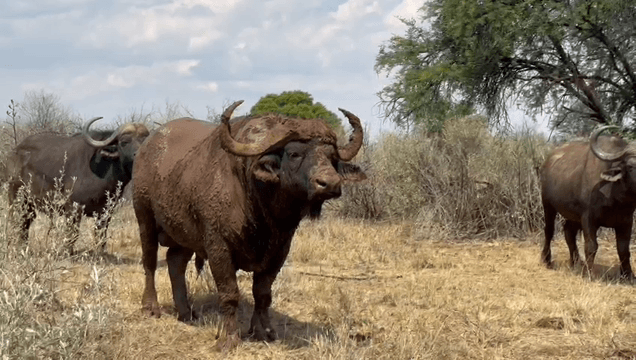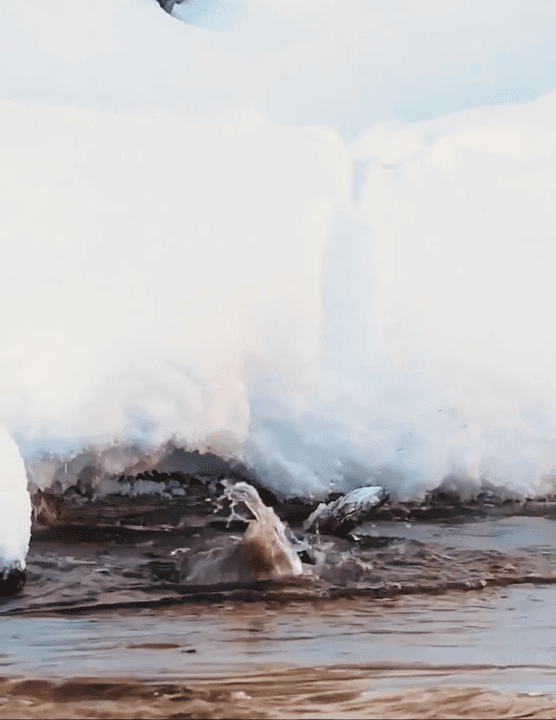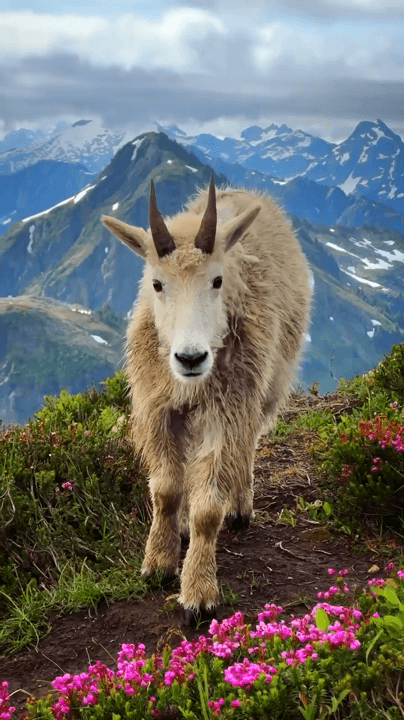UTAH ADDS MORE COW ELK PERMITS TO 2021/22 SEASON There will be more elk opportunity in Utah for the 2021/22 season. Last month, the Utah Wildlife Board approved additional cow elk hunting permits across the state to help manage elk during the extended drought season, according to a press release. “These permits were proposed to help minimize conflicts and damage that could occur on big game winter ranges, as well as possible conflicts with agricultural properties. These additional elk permits are intended to reduce competition between elk and other big game species on winter ranges and to ensure the overall health of various elk and deer herds,” said Covy Jones, Utah Division of Wildlife Resources (UDWR) big game coordinator. “These issues are a result of the severe drought limiting typical habitat and feed for elk and other big game animals across Utah, so these additional permits are being implemented as a proactive measure.” According to UDWR, there will be an additional 1,052 an
Post: 16 September 18:42















































